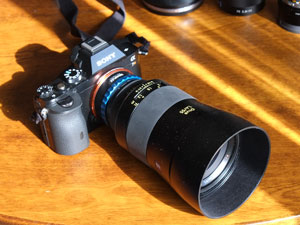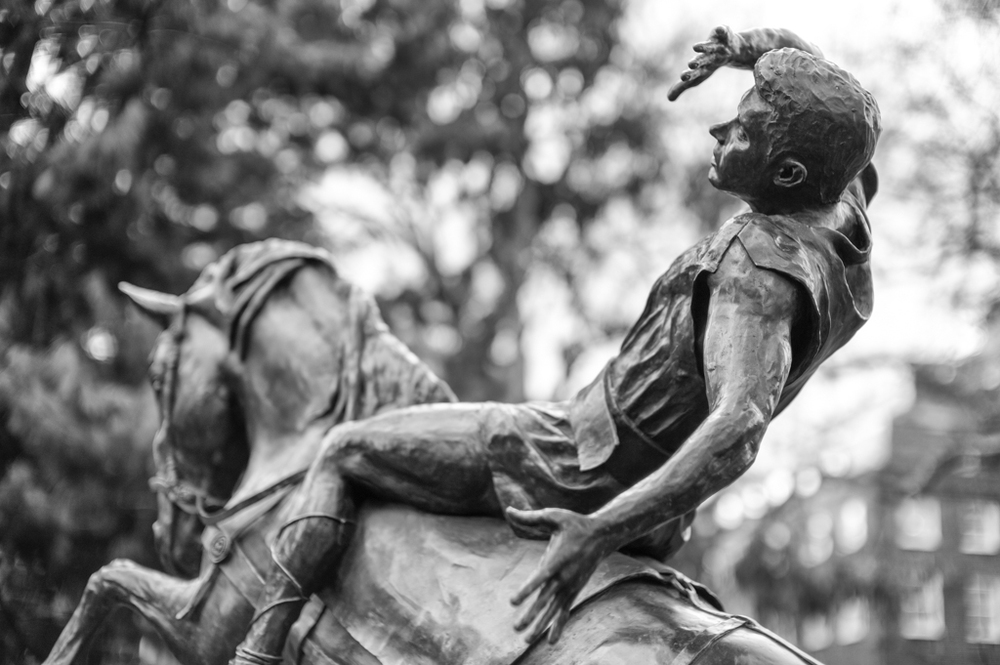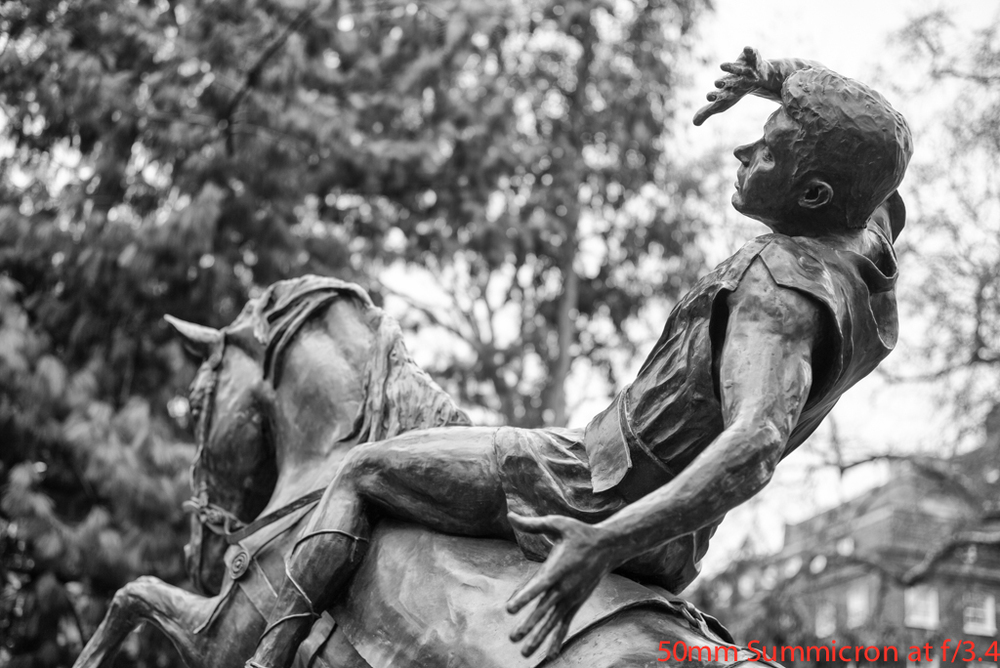
Writing for THEME, Japan-based photographer and author Karel van Wolferen wonders why lenses get bigger as cameras get smaller:

Just as carrying basic equipment can no longer cramp our style, lens designers and manufacturers are spoiling the party. Explaining this would seem to have become urgently necessary. The quick explanation consists of two Japanese syllables: bokeh.
Once upon a time a maximum lens opening of F3.5 for a 35mm or medium format camera seemed good enough, and F2.8 desirable and more costly. Bigger openings were considered desirable only for low light situations. Super high ISO and accompanying noise suppressing software… have practically abolished those.
And in an echo of my verdict on Leica’s “slow” X Vario, van Wolferen stands up for the smaller aperture.
Now we have enthusiasts on forums exclaiming, “What on earth were they thinking!”, as they castigate manufacturers for sticking with that once desirable maximum opening. What they want is nothing less than F1.8 or F1.4. Because for bokeh upon bokeh you need fast lenses.

